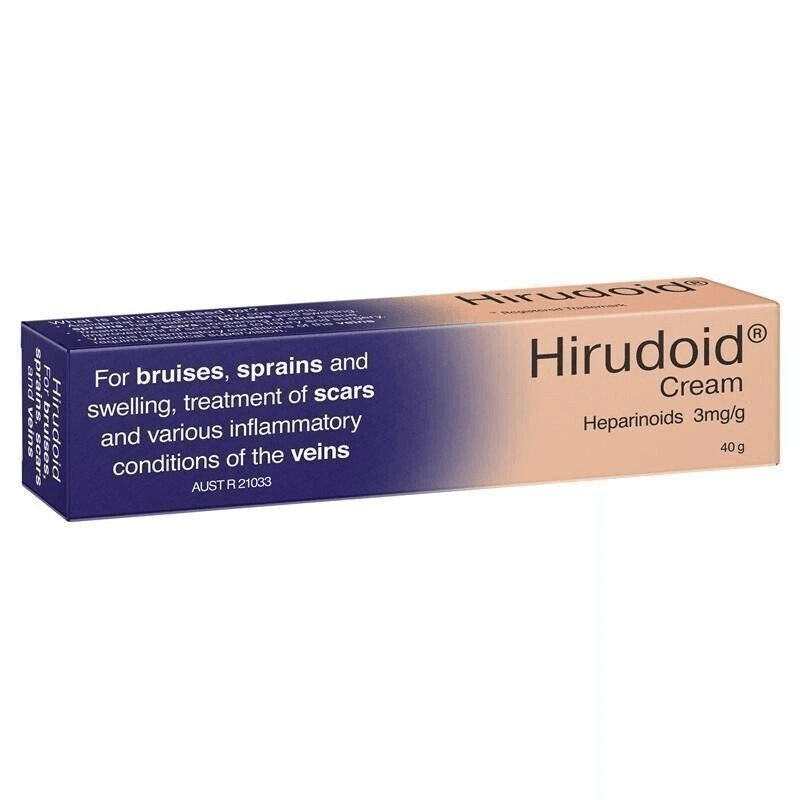Bruising
What is the difference between a bruise or a haematoma?
Bruise: A bruise is caused by the rupture of small blood vessels (capillaries) under the skin, leading to localized bleeding. Bruises typically appear as flat, discolored areas on the skin and can change color as they heal.
Haematoma: A hematoma occurs when blood pools outside of blood vessels, often due to injury. It can form in various tissues and may be associated with significant pain and swelling. Haematomas can develop deep within the body or just beneath the skin, appearing as a raised, tender area.
Key Differences
Healing Time: Bruises typically heal within a week or two, while hematomas may take longer to resolve and sometimes require medical intervention if they do not improve.
Appearance: Haematomas are generally larger and may present as a bulge or swelling, while bruises are usually flat against the skin surface.
Symptoms: Haematomas often cause more significant pain and tenderness compared to bruises, which may be sore but less painful.
Causes
Both conditions can result from trauma, such as falls, sports injuries, or accidents. However, haematomas may also occur due to more severe injuries involving larger blood vessels, while bruises are more common with minor injuries.
Treatment and Care
Bruises: Most bruises heal on their own without treatment. Applying ice to the area can help reduce swelling and pain. Over-the-counter pain relievers may also be used.
Haematomas: While many haematomas resolve naturally, some may require medical evaluation, especially if they are large, painful, or located near vital organs. In certain cases, drainage may be necessary.
When to Seek Medical Attention
If you experience severe pain, significant swelling, or if the haematoma or bruise does not improve over time, it is advisable to consult a healthcare professional for further evaluation.
Varicose Veins
Symptoms of varicose veins include:
Veins that are dark purple, blue or the same color as the skin. Depending on skin color, these changes may be harder or easier to see.
Veins that look twisted and bulging. They often look like cords on the legs.
When there are painful symptoms of varicose veins, they might include:
An achy or heavy feeling in the legs.
Burning, throbbing, muscle cramping and swelling in the lower legs.
Worse pain after sitting or standing for a long time.
Itching around one or more of the veins.
Changes in skin color around a varicose vein.
Spider veins are like varicose veins, but they're smaller. Spider veins are found closer to the skin's surface and might look like a spider's web. Spider veins occur on the legs but also can be found on the face.
Hirudoid Cream
Hirudoid takes the bruises out of bumps.
Hirudoid is used for haematomas, softening of hard scars and inflamed veins. Hirudoid improves the appearance of bruises, inhibits inflammation, relieves pain and tension in the afflicted region and shortens the duration of the problem.
How does Hirudoid Cream work?
Heparinoid is a substance similar to heparin. It acts by dissolving blood clots and improving the blood supply to the skin. It can be used as a cream to reduce bruising to the skin.
Warnings
Always read the label and use only as directed. Keep the cream away from the eyes and do not apply to bleeding areas or open sores. If unexpected bleeding should occur, consult your doctor.
Common Uses
For bruises and swelling, treatment of scars and various inflammatory conditions of the veins
Ingredients
Heparinoid (Mucopolysaccharide Polysulfuric Acid Ester) bovine 3mg/g
Directions
Apply 3-5cm of cream gently to the afflicted area once or twice daily. Or as directed by your physician.
Where can I get more information?
For starters, it’s always a good idea to speak to your local pharmacist or your GP.

